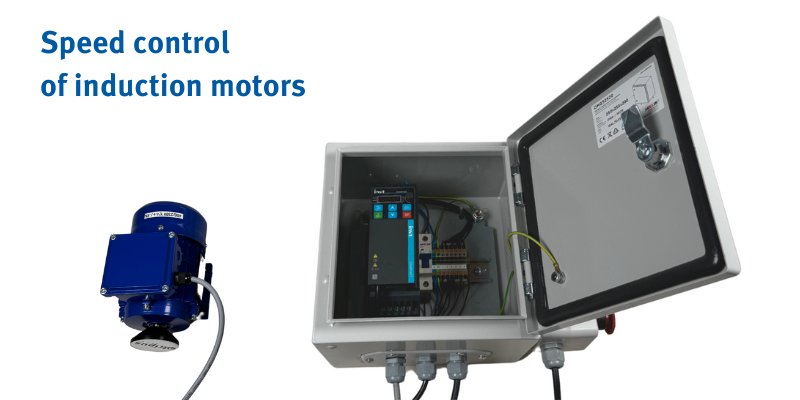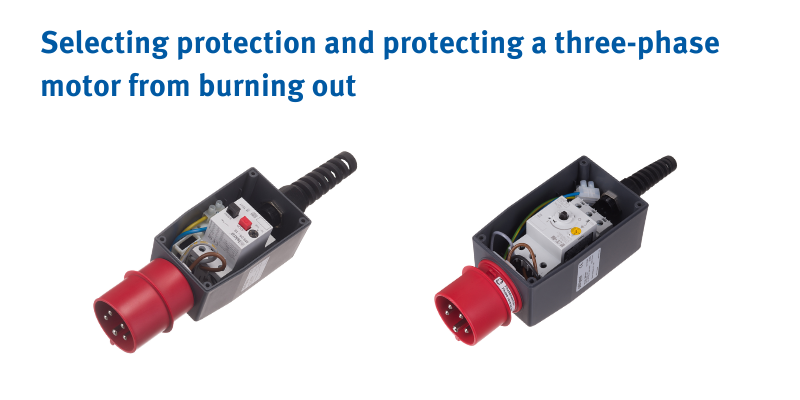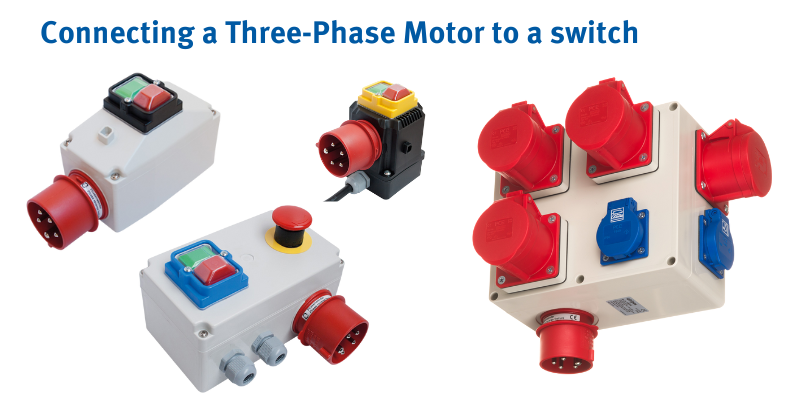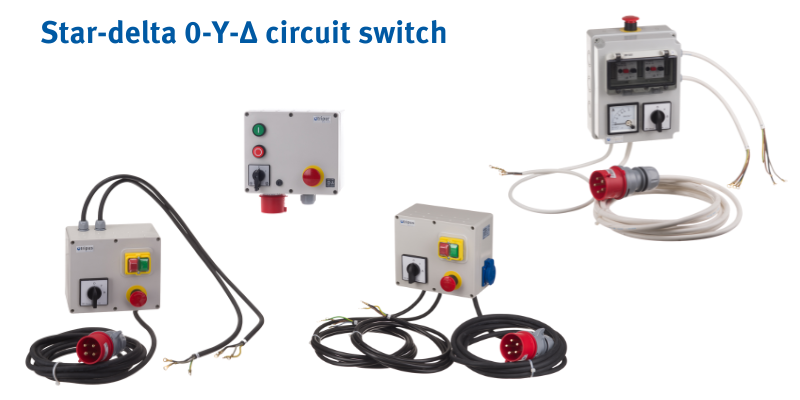25.06.2025
Speed Control of Induction Motors
In industry, where process optimization and energy saving are crucial, the ability to smoothly change motor speed becomes an invaluable advantage. This article discusses the most popular methods of induction motor speed control, their advantages, and disadvantages.







